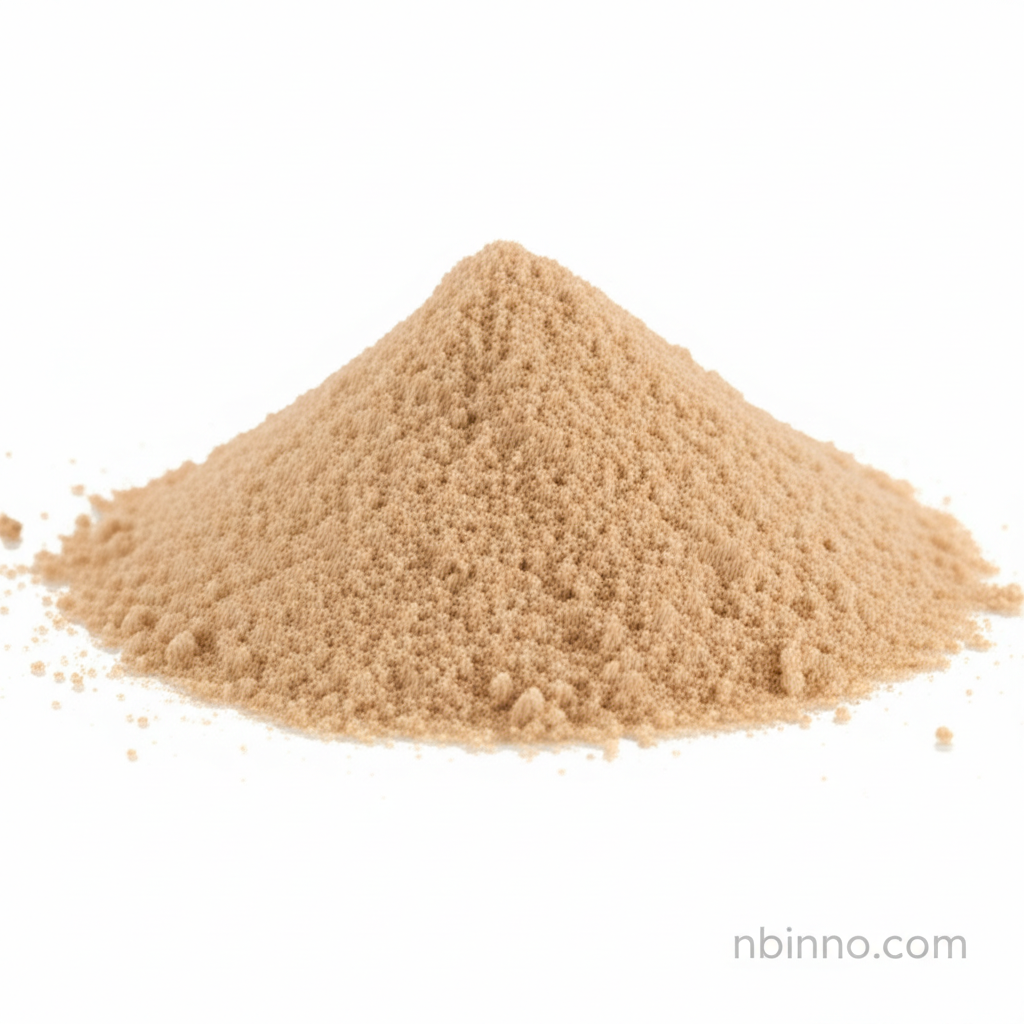Polyquaternium-1: Properties, Applications, and Safety for Ophthalmic Preservative Use
Discover the essential role of Polyquaternium-1 in ophthalmic formulations and scientific research.
Get a Quote & SampleProduct Core Value

Polyquaternium-1
Polyquaternium-1 is a crucial chemical compound utilized as an antimicrobial preservative. Its unique properties make it particularly valuable in specialized applications, including ocular surface studies. This compound plays a significant role in ensuring the safety and efficacy of various formulations.
- Investigate the efficacy of Polyquaternium-1 antimicrobial preservative in rabbit ocular surface studies, providing critical insights for product development.
- Understand the function of Polidronium chloride uses as a vital component in preserving ophthalmic solutions.
- Explore the specific CAS 75345-27-6 applications within advanced scientific research and development.
- Learn about the inherent antimicrobial preservative characteristics essential for ophthalmic formulations.
Key Advantages Offered
Effective Antimicrobial Action
The potent antimicrobial preservative capabilities of Polyquaternium-1 are critical for maintaining the integrity of ophthalmic products, safeguarding against microbial contamination.
Ocular Surface Study Applications
Its specific use in ocular surface studies demonstrates the compound's suitability and safety profile for sensitive applications, aiding in ophthalmological research.
Chemical Versatility
As a quaternary ammonium salt, Polyquaternium-1 offers chemical versatility, making it a valuable intermediate for various specialized chemical synthesis needs.
Key Applications
Ophthalmic Formulations
Polyquaternium-1 is extensively used as an antimicrobial preservative in ophthalmic formulations, contributing to product stability and safety.
Scientific Research
It serves as a key compound in scientific research, particularly in ocular surface studies, to evaluate the effects of different preservatives.
Pharmaceutical Intermediates
Its classification as a pharmaceutical intermediate highlights its foundational role in the synthesis of more complex medicinal compounds.
Cosmetic Ingredient
While primarily noted for ophthalmic use, its polycationic antimicrobial properties also lend themselves to certain cosmetic applications.
